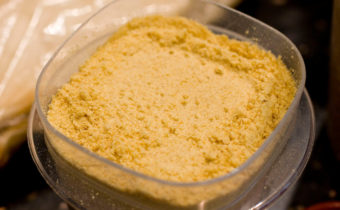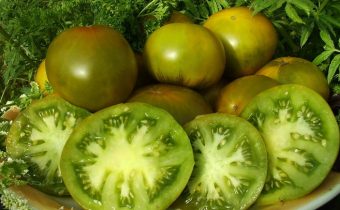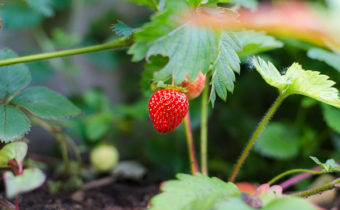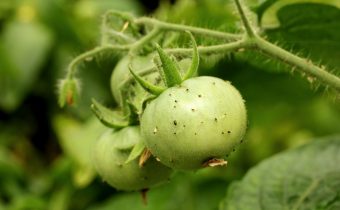Dry the tips of the leaves of indoor plants? There is an exit!
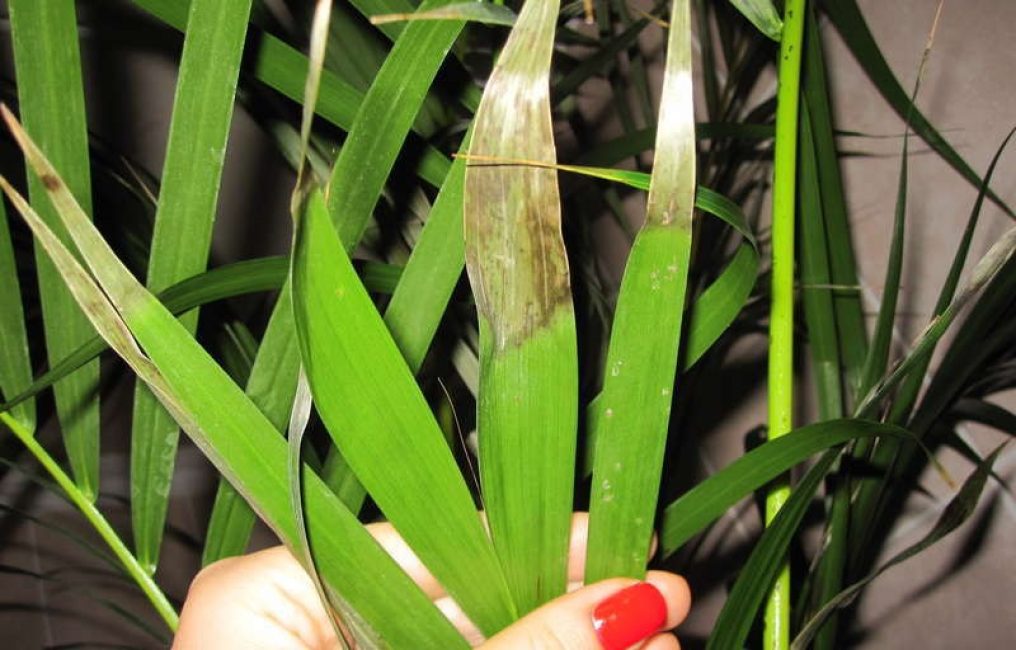
Potted flowers grow all year round, but despite identical conditions throughout the seasons, in winter the plants are harder than in summer. The length of the daytime is reduced, the leaves of vitamin D are much less, they lack nutrients for development and growth. One of the primary manifestations of disorder with the state of the plant is dried leaves.
Causes Dryness
Dryness gradually occurs on the tips of the leaves. If no attempt is made to treat the plant, it will spread further and the flower dries out completely. The reasons that stimulate the development of dryness of a plant are divided according to several characteristics:
- Insufficient air humidity. The flower consumes moisture not only with the help of the roots, but also with the help of the leaves and the stem. Dry air in the apartment, which often appears due to too much heating, disrupts the system of equipping the plant with water and nutrients. As a result, begins the gradual drying of leaves from the tips, which spreads further and causes the death of the plant.
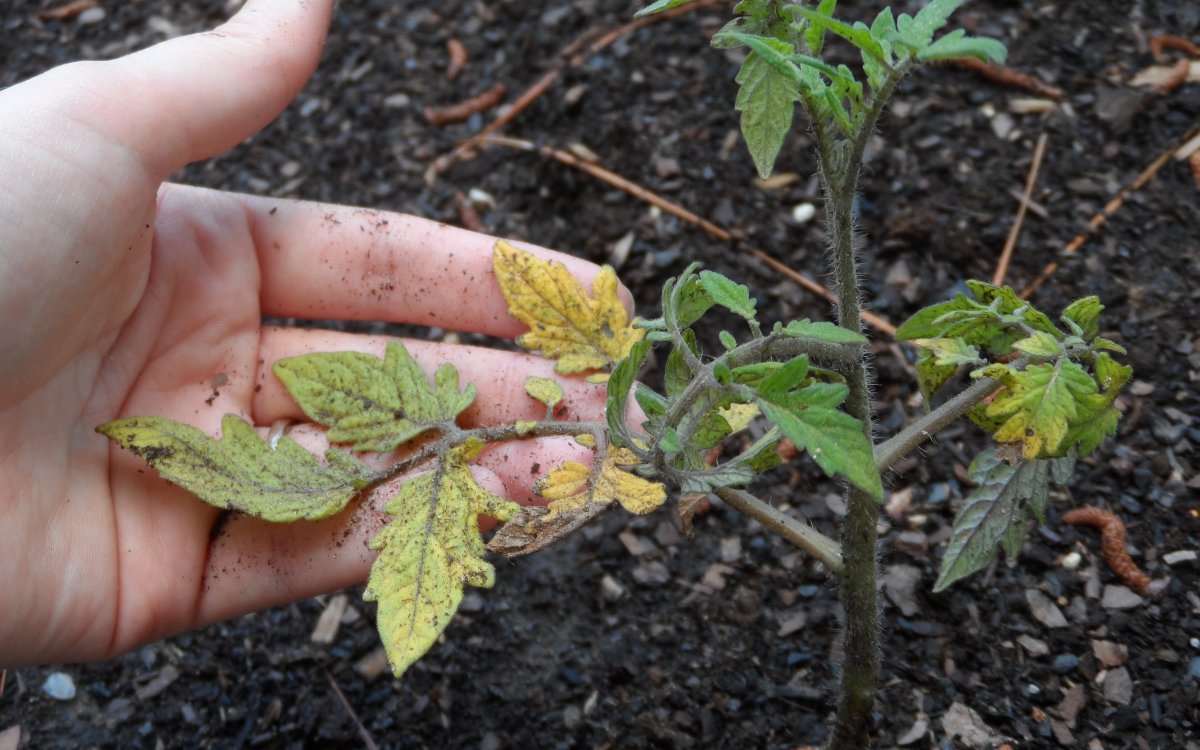
- High temperature in the room. This factor follows from the previous one. Dry air combined with hot temperatures is detrimental to greenery.
- Nutrients. For each room "tenant" is selected individual complex of nutrients in the composition of fertilizers. In some situations, there may be a lack or, conversely, an excess of nutrients in the root system of the inflorescence. When in excess of any substance, it negatively affects the root system, causing rot and other discomfort. On greens, deficiency or excess is most often manifested through drying.
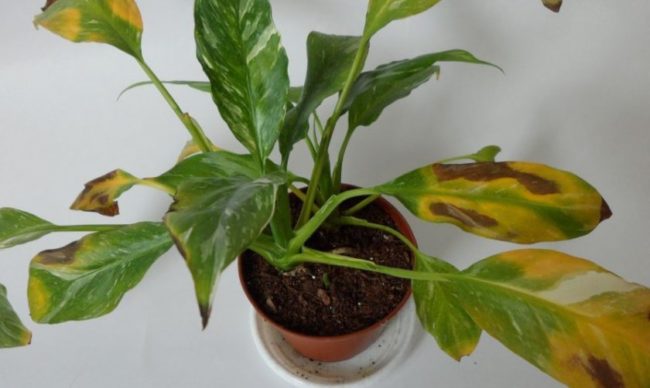
- The lack of space for growth. Too small pot or pots block the development of the root system and as a result the inflorescence stops growing, getting nutrients out of the ground and multiplying. Leaves lose their former strength and dry out.
- Poor water for irrigation. Some plants are so capricious that they perceive not all the water that enters their root system. Too hard water, as well as too chlorinated, causes drying of the entire inflorescence, and its contact with the petals causes their clotting.
The appearance of pests in the root system or in the leaves affects the condition of the whole plant. They devour nutrients, causing irreparable damage to the entire body system. Having lost the norm, the leaves dry and sometimes fall off.
Excess sunlight is the most common cause of withered foliage. The flower burns, the greens turn into ashes.
Drought in the root system provokes the flower to accumulate nutrients, however, it is almost impossible to obtain them from dry, inanimate soil. The flower comes hunger. In such extreme conditions, the leaves undoubtedly dry out faster.
How to deal with dried leaves
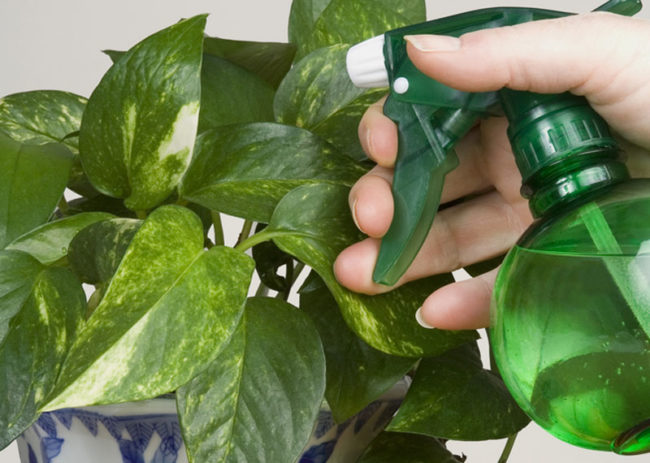
If the appearance of dry leaves was affected by several factors at once, it is necessary to get rid of all at the same time. Indoor flowers, which require high humidity, are the first to suffer from dry air. These plants include:
- anthurium;
- spathiphyllum;
- azaleas;
- dracaena.
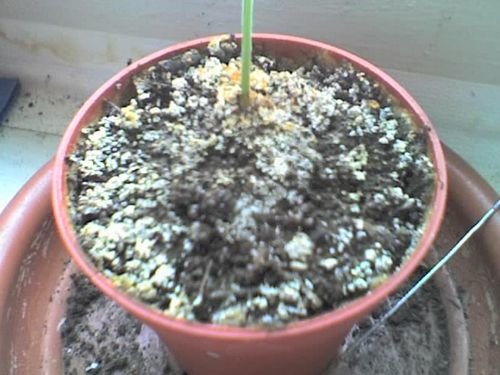
Solution: for regular moistening of a flower, put a humidifier next to it. Regularly spraying water, the humidifier will maintain the optimum temperature and moisture level in the inflorescences. Moisturizer helps to fight with insufficient watering.
A similar option - near the flower to put containers filled with water. The high temperature in the room is also worth fighting with a humidifier.
If it is noticed that the leaves of the flower heat up too much when interacting with the sun, the flower should be immediately removed from the window sill and rearranged for a while in a cool dark place.
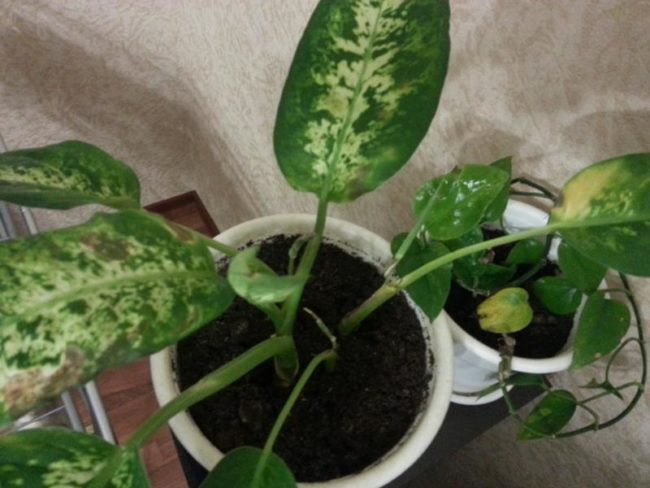
Recommendations:
- To check the level of irrigation, you should check the depth of soil moistening with a special stick - if the ground is already dry above and the ground still wet it is too early to water.
- To control and prevent pests several times a month, thoroughly inspect the whole plant: by shoots and by the root system.
- To avoid excess fertilizing, it may cause dry leaves, make a detailed schedule with recommendations for the use of fertilizers.
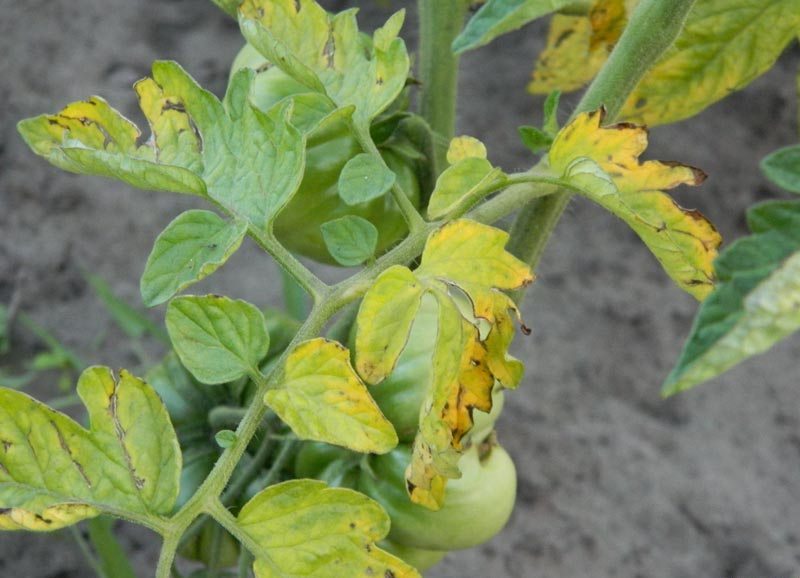
In the care of any indoor plant is important measure. No need to overdo it with watering, feeding or heat. In the wild, flowers are forced to adapt themselves to changes in the external environment. Sometimes plants can be specifically placed in extreme conditions to enhance their protective functions. These features prevent the leaves from drying out or rotting.


